Anyone who follows the automotive industry knows that EVs (electric vehicles) are quickly being cemented as the future of motoring and we’re here for it.
Everything from full-size pickup trucks like the Ford Lightning to the insane Rimac Nevera supercar marks a distinct change in the attitude and culture of the automotive industry. Rather than fight the inevitable, manufacturers are leaning into the headwinds and producing vehicles that have better and better range, faster charging times, and more insane performance. After all, electric cars offer maximum torque right off the line, making their straight-line performance staggering and terrifying in the wrong hands. Even the portly Ford Lightning truck scampers to 60 MPH in only 4.5 seconds!
So, with all this performance, the world of racing and track cars must also be going electric, right? Well, in a word, no. Although electric performance is great for the street, out on the track, a whole new set of challenges mean that electric track cars for the everyman are still far away.
Let’s discuss.
Pros and Cons of Tracking Electric Cars
Well, let’s just get this out of the way first. Many electric cars are staggeringly fast in a straight line. Like, hold on to your bowels, eyes rolling back in your head, triple-digit in no time, fast.
Tesla’s ubiquitous Model S Plaid gets to 60 MPH in only TWO seconds. The Rimac Nevera gets there in under 2 seconds at 1.85. That means in the time it takes you to count to TWO, you are already hurtling along at sixty freaking MPH. The McMurty Spierling prototype set the record at Goodwood this year, while the Lucid Air holds the lap record at Laguna Seca Raceway in California. It’s not just speed, it’s how they deliver speed. Which is to say, all at once, and giant sweltering heaps of it. No turbo lag or VTEC, just instant power.
On the negative side, electric vehicles require charging and our nation’s charging network is still nowhere near as complete as the gasoline network. Many of the fastest electric vehicles in the world also trade range for performance, which means that blasting these things around a track will drain those batteries quickly and you’ll be on the charger. This is assuming that the race track even has a charger that will be available to quickly power up your electric track car.
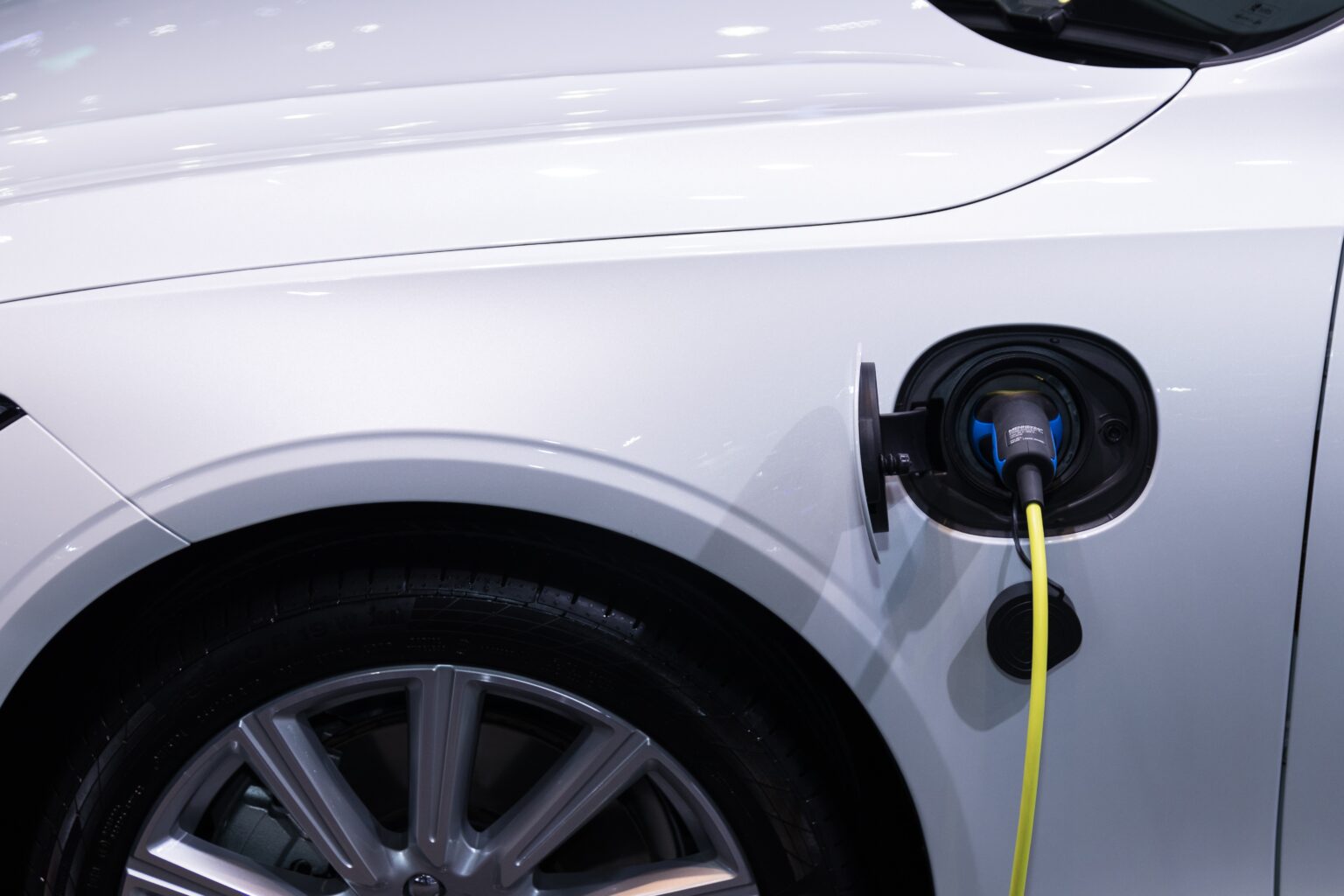
In addition to the limitation of charging and range, there’s also the issue of weight. What makes vehicles like the Porsche GT3 special is the combination of lightweight and powerful engines. Electric cars certainly have the power down, but the weight of the battery packs is tremendous. The Tesla Model S Plaid, for example, comes in at 4,766 pounds. This is a tad bit more than the 3,213 pound Porsche GT3. Physics in a straight line can be conquered by electric-style power, but around a corner, there’s only so much that a tire can handle.
Lastly, it’s heat management. Run after run will put some serious heat into the battery system of an electric car, forcing potential failures during track days.
Supercars Are Already Going Electric (Sort Of)
Formula 1 has been running Hybrid tech since 2014, and the so-called “Hybrid Era” has produced the greatest racing driver of all time, Louis Hamilton. Hybrid power units from F1 consist of a turbocharged V6 combined with electric power from onboard batteries. This approach has completely changed motorsport and allowed manufacturers like Ferrari and McLaren to bring some of this race-bred tech to the streets. Yes, the Hybrid Hypercar and Hybrid Supercar are the future of track cars.
Take, for example, the Ferrari 296GTB. This incredible mid-engined supercar is packing (minus a few tweaks) the exact same powertrain that is in their Hybrid F1 car. 120 degree V6, twin turbos, and electric assist, all flowing out through the rear wheels. Sounds impressive? Trust us, it is, and it’s one of the most sought-after new Hybrid supercars to hit the street. Lamborgini’s Huracan Sian and the McLaren Artura also use hybrid electric power units to get the job done in spectacular ways.
Point is, we’re already part of the way there to enjoying some electric track time, but we’re not fully there quite yet.
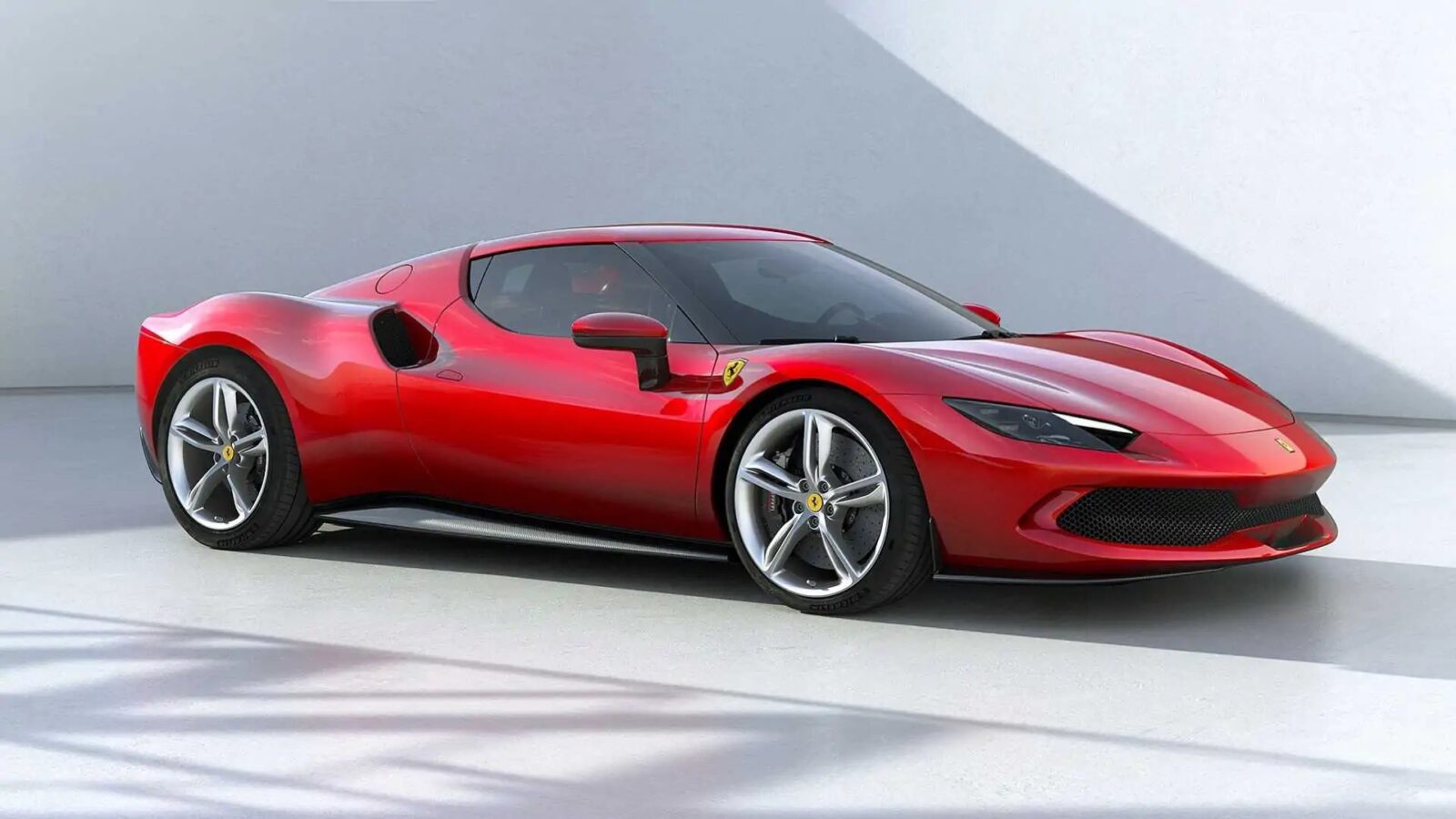
The Tech is Still a Few Years Away
For the true future of electric track days, look no further than Formula E. This FIA-sanctioned racing league utilizes open-wheel, formula-style, cars that race against each other on tracks all over the world. The difference is that there is not an ounce of petrol in these machines. Nope, these things are all-electric and they are awesome.
Currently, on their second generation design, Formula E cars produce near 300 bhp and can run for 45 minutes before running out of juice. Speeds up to 174 MPH and a full suite of race-ready chassis tech complements the design. 45 minutes is enough for 40 to 50 laps at most circuits and well, if normal people had racing licenses, we might consider bringing a Formula E car on the road with us!
The reality is that 45 mins of hard run time in a road car that can handle lap after lap, well, it’s still not there yet.
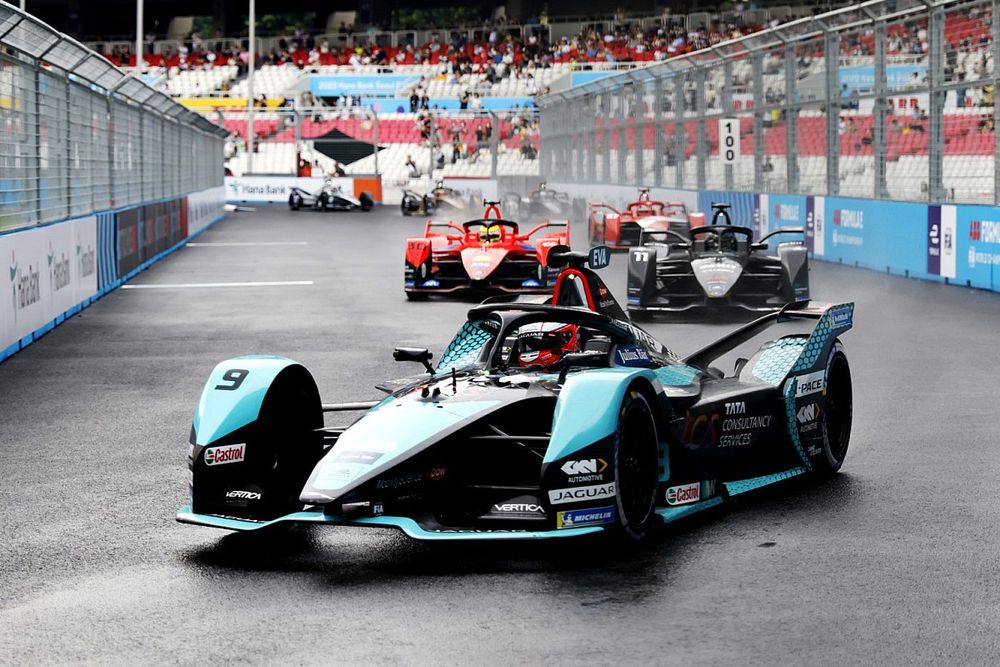
The EVs We’d Have
We love Porsche here at Xtreme and the German automaker extraordinaire happens to have a few upcoming and current models that are outrageously good.
Porsche’s Taycan is a four door luxury EV with some serious moves. Top models offer 750 horsepower and can sprint to 60 miles per hour in only 2.4 seconds. Combine this performance with Porsche’s adaptive suspension, and an interior that’s fit for a king and you have a winning combination that instantly puts this thing at the top of any sports EV list. The brand’s upcoming 718 sportscar is also extremely exciting since it is the all-electric spiritual successor to the 992 Porsche 911. Much like the Taycan, Porsche wanted to create a car that looks and feels like a gasoline vehicle with all the benefits of an EV. For purists, Porsche wants to make the switch to EV just a bit easier.
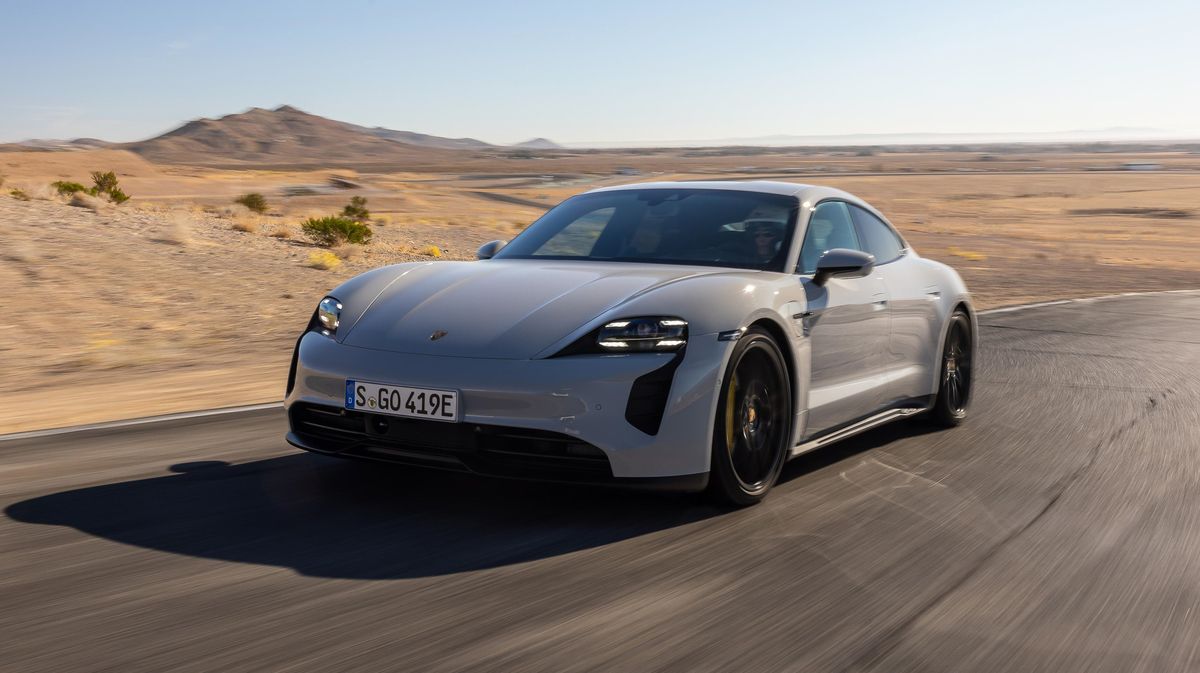
On the domestic side, Chevrolet is prepping the next generation of C8 mid-engined supercars to offer an all-electric version that should offer three electric motors, all-wheel drive, and heaps of all-American style. Details are still scant, but you can expect some serious performance from the E-Ray. Even Dodge is rolling out their eChallenger concept, which puts a focus on drag racing performance.
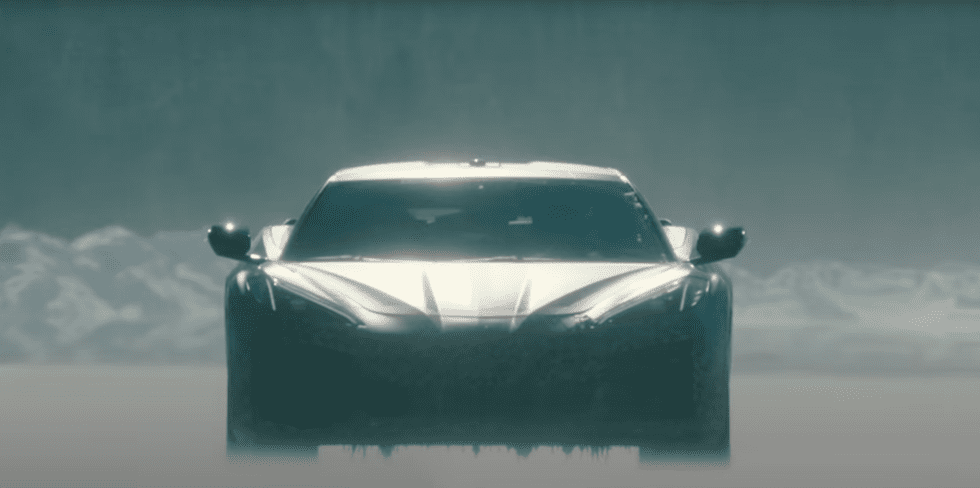
The future, friends, is looking pretty bright.
We’ve Got The Goods Right Now
Sure, electric cars can smoke any member of our fleet in a straight line, but that’s not what coming out to Xtreme Xperience for the day is all about. We put you on the track behind the wheels of a bonafide supercar that’s not only designed to be hellaciously fast in a straight line but also conquer corners at some of the most challenging circuits in the country. The best from Ferrari, Porsche, and Lamborghini are all here for you to push to the absolute limit.
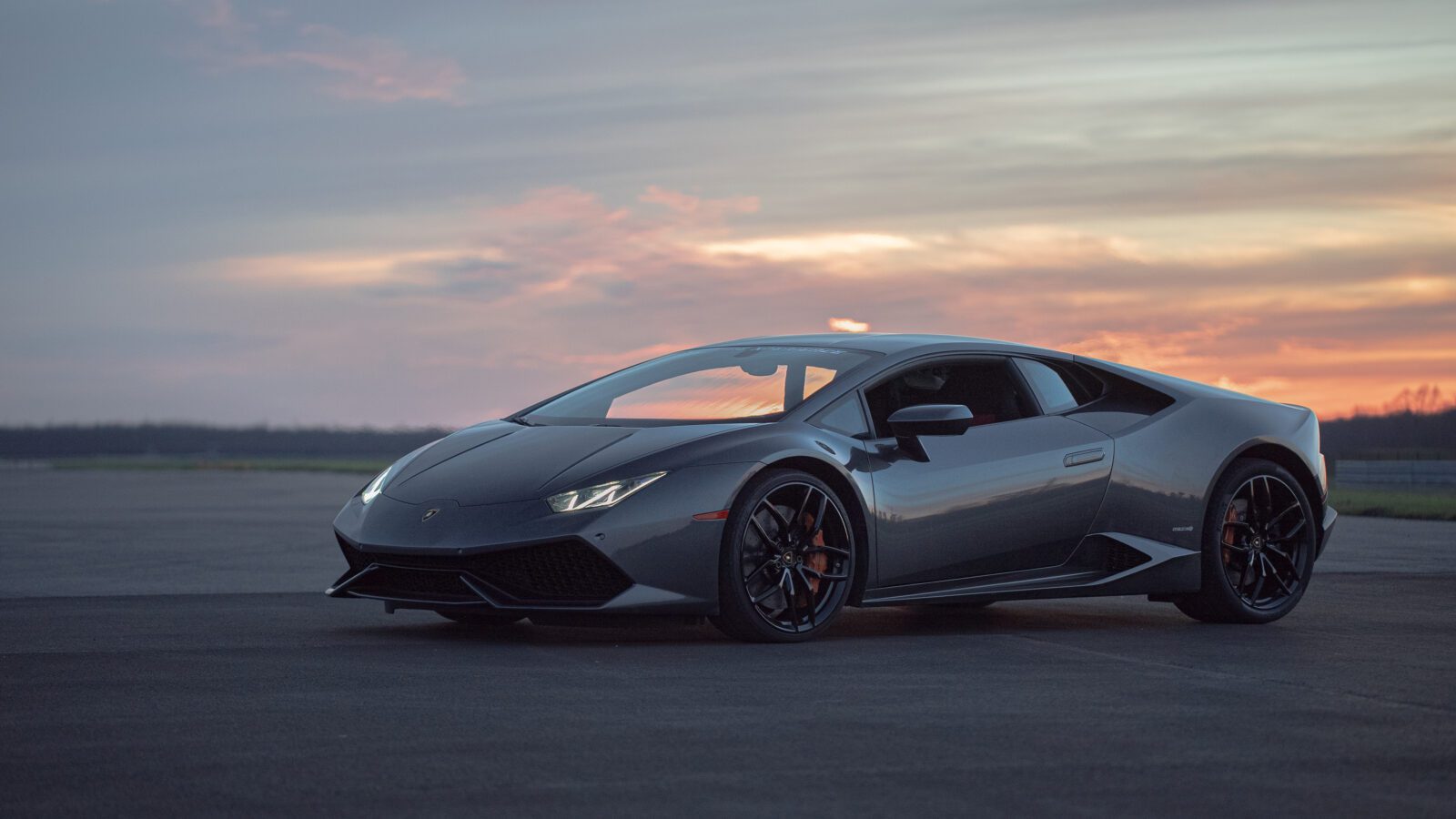
Once electric sports cars like the Porsche 718 or E-Ray become more widely available, there’s a good chance we’re going to include one or more of these performance machines in our fleet. As soon as we have a better idea, we’ll be sure to blast it out and let everyone know what’s on the horizon for all-electric performance at Xtreme Xperience.



